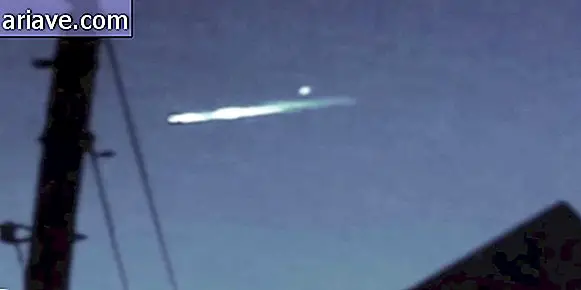Check out the noise produced by Jupiter's magnetosphere
You must be following the news about NASA's Juno spacecraft approaching planet Jupiter, right? The small unmanned spacecraft was launched in 2011 and traveled a huge distance to successfully reach the gas giant, and on June 24, its instruments recorded what astronomers call “arc shock” - when the spacecraft crossed the boundary of the huge Jupiterian magnetic field.
The "arc shock" represents the place where supersonic solar winds are braked and heated by the magnetosphere of, in this case, Jupiter. In the following video, released by NASA, you can hear the moment Juno enters this region. Check it out below:
The video above also contains the sound recorded by the spacecraft instruments when, on June 25 (from minute 00:52), it crossed the Jupiterian magnetopause, that is, the region around the magnetosphere through which the winds solar can no longer penetrate.
Stellar Curiosities
According to Alfredo Carpineti of the IFLS portal, in the first part of the video, when Juno goes through the arc shock, what she recorded there was a stream of particles from the sun at 400 kilometers per hour crashing into Jupiter's magnetosphere. . Then, when the probe crossed the magnetopause, it recorded the radiation generated by waves of particles moving between the planet and the sun.

Already according to NASA, Jupiter's magnetosphere is more powerful than the solar magnetic field and is the largest structure in the Solar System - except for the heliosphere. So much so that if you could see the magnetosphere shining in the night sky here from Earth, it would be twice the size of the full moon.
Well, Juno has just arrived at its destination, and if all goes according to plan, it should spend the next 20 months orbiting around Jupiter to conduct a series of measurements and studies on the planet. So stay tuned, as we here at Mega Curioso will surely bring a lot of Jupterian news for you to check!











